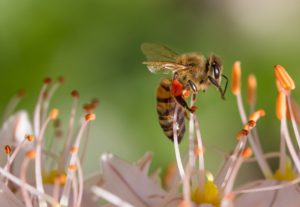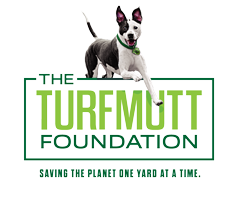Latest Posts
- Have a purpose when backyardingAugust 5 2021
- Study: Time outside alters our microbiomeAugust 4 2021
- Happy National Mutt Day from Mo-MoJuly 27 2021
- New home? Avoid these common mistakes in your yard.July 26 2021
- Infographic: Plan a backyard staycation this summerJuly 22 2021
Categories
Archive
February 27th
Combat the “insect apocalypse” in your own backyard

Scientists warn that 41% of the world’s bug species face extinction. Insects are not only an important part of the circle of life – providing food for larger animals – they also perform vital roles such as pollinating crops and other plant life, providing pest control and recycling nutrients.
Scientists say the good news is that it’s not too late for all of us to do our part to help our insect friends…starting in our own backyards and community green spaces. Here are three ways you can create a sustainable habitat for insects in your personal slice of nature. Remember, even a small yard can make a big difference for insects!
- Add native plants to your backyard. Native plants are the best support of pollinators and insects. They attract a variety of insects and wildlife by providing diverse habitats and food sources. Additionally, native plants are adapted to your micro-climate so they require less water and care from you. That’s good for the environment and your busy schedule! Learn more about which plants to consider for your climate by consulting the Plant Hardiness Zone Map.
- Let some yard debris lie. Bugs burrow into cracks in limbs and piles of leaves for shelter and to have their offspring. Consider cordoning off a section of your yard for this natural bug habitat that you can “furnish” with leaves, limbs and other items that can offer food sources and habitat for your insect neighbors.
- Create a water source. Nectar is often not enough to quench insects’ thirst. You can help by offering a shallow water source in your yard. (A birdbath is great for birds and other larger species, but insects need something smaller and more manageable for their size.) One idea is to use a pie pan or pottery dish that is filled with rocks, marbles or beach glass before adding water. Adding these items to the bottom of the dish allows the parched insects to perch safely while getting a drink.
To learn more about the value of our living landscapes and what you can do to be a good steward of your green space, go to TurfMutt.com.





